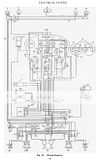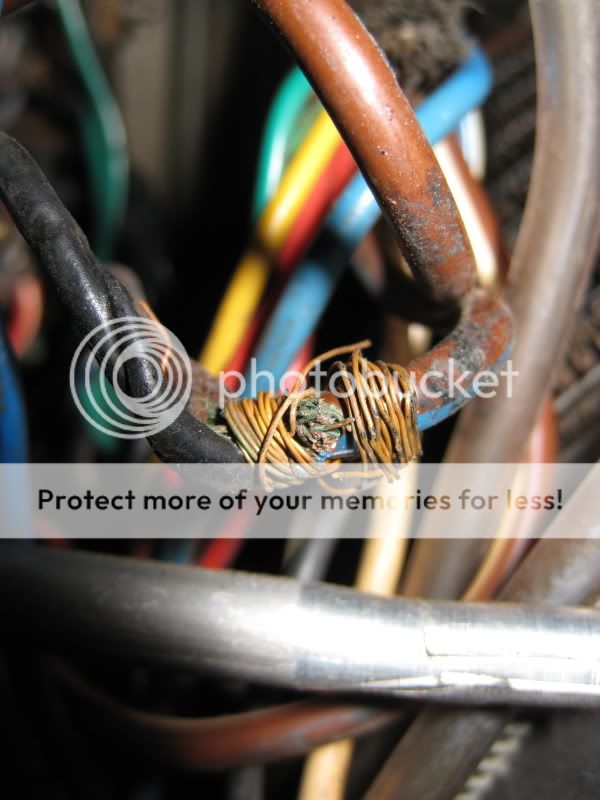NickMorgan
Jedi Knight
Offline
My TR3A seems to have something to prove this year.
I decided to rebuild the distributor towards the end of the winter as the base plates were rather worn and I couldn't adjust the points properly. I then had trouble with the timing, but managed to sort that on the second attempt.
First misfire was caused by a sticky piston in a carburettor and was reasonably easy to sort.
Last weekend's misfire seemed more serious and turned out to be a corroded top terminal on the coil along with the main HT lead terminal failing.
Today I tentatively took the TR out to a car show about 30 miles away. I kept thinking to myself that the car was running better than ever.
However, on the way home after cruising down a long hill, flicking out of overdrive and indicating right for a junction the engine just cut out. Red light came on and then went off again. I coasted into a field entrance and there were no indicators or fuel gauge working. The ignition light would not light with the key switched on.
After fiddling with the wires under the dash and under the bonnet and fitting two new fuses. The ignition light came on and the car started briefly then spluttered to a stop. Further fiddling under the dash and the ignition light came on again and I was able to start the car and drive home.
However, the indicators and fuel gauge still don't work. I haven't tried the horn or lights yet, but thought I should ask you lot for some likely causes before I start digging too deeply into the wiring.
Thanks for any ideas.
I decided to rebuild the distributor towards the end of the winter as the base plates were rather worn and I couldn't adjust the points properly. I then had trouble with the timing, but managed to sort that on the second attempt.
First misfire was caused by a sticky piston in a carburettor and was reasonably easy to sort.
Last weekend's misfire seemed more serious and turned out to be a corroded top terminal on the coil along with the main HT lead terminal failing.
Today I tentatively took the TR out to a car show about 30 miles away. I kept thinking to myself that the car was running better than ever.
However, on the way home after cruising down a long hill, flicking out of overdrive and indicating right for a junction the engine just cut out. Red light came on and then went off again. I coasted into a field entrance and there were no indicators or fuel gauge working. The ignition light would not light with the key switched on.
After fiddling with the wires under the dash and under the bonnet and fitting two new fuses. The ignition light came on and the car started briefly then spluttered to a stop. Further fiddling under the dash and the ignition light came on again and I was able to start the car and drive home.
However, the indicators and fuel gauge still don't work. I haven't tried the horn or lights yet, but thought I should ask you lot for some likely causes before I start digging too deeply into the wiring.
Thanks for any ideas.

 Hey there Guest!
Hey there Guest!
 smilie in place of the real @
smilie in place of the real @
 Pretty Please - add it to our Events forum(s) and add to the calendar! >>
Pretty Please - add it to our Events forum(s) and add to the calendar! >> 




 A friendly reminder - be careful what links you click on here. If a link is posted by someone you don't know, or the URL looks fishy, DON'T CLICK. Spammers sometimes post links that lead to sites that can infect your computer, so be mindful what you click.
A friendly reminder - be careful what links you click on here. If a link is posted by someone you don't know, or the URL looks fishy, DON'T CLICK. Spammers sometimes post links that lead to sites that can infect your computer, so be mindful what you click.